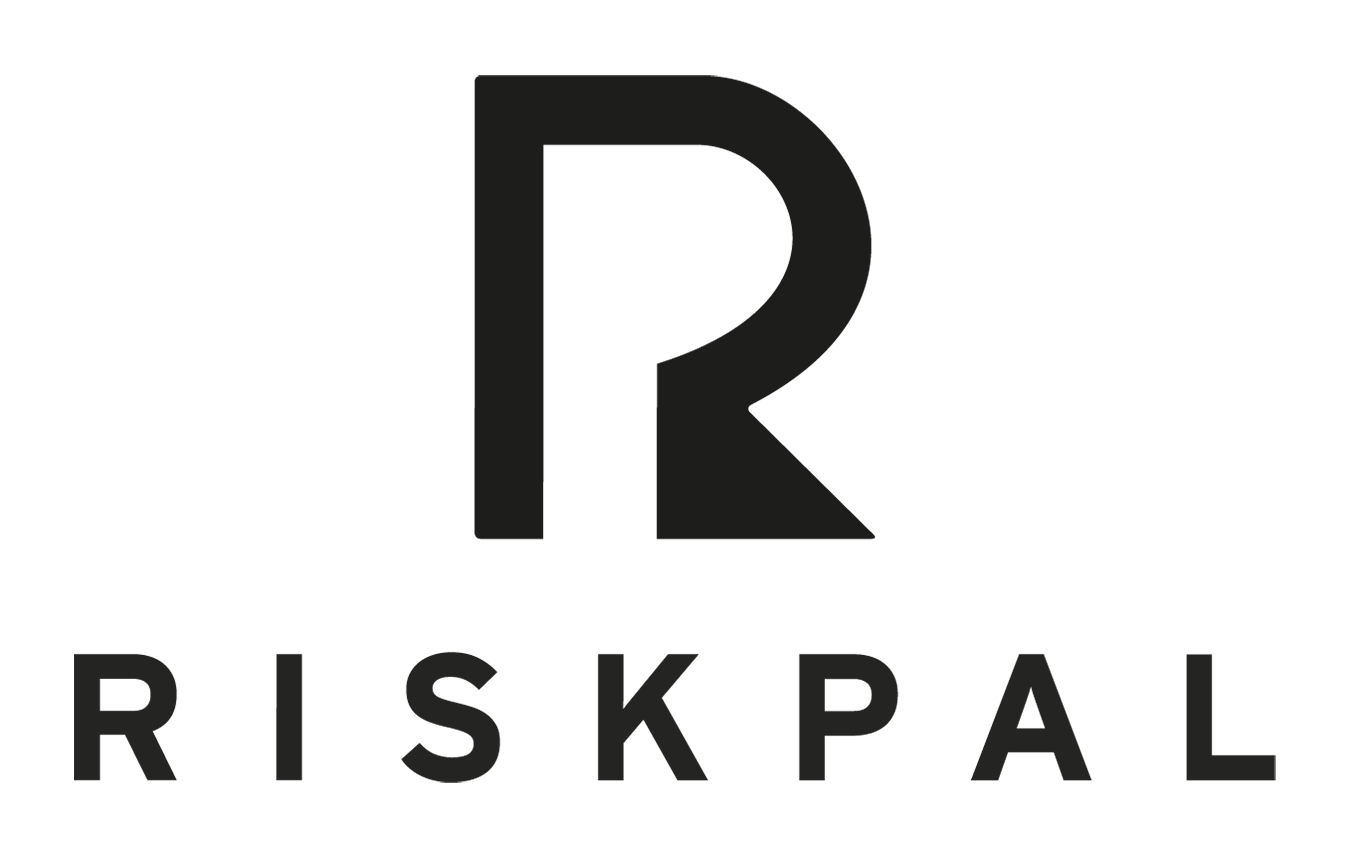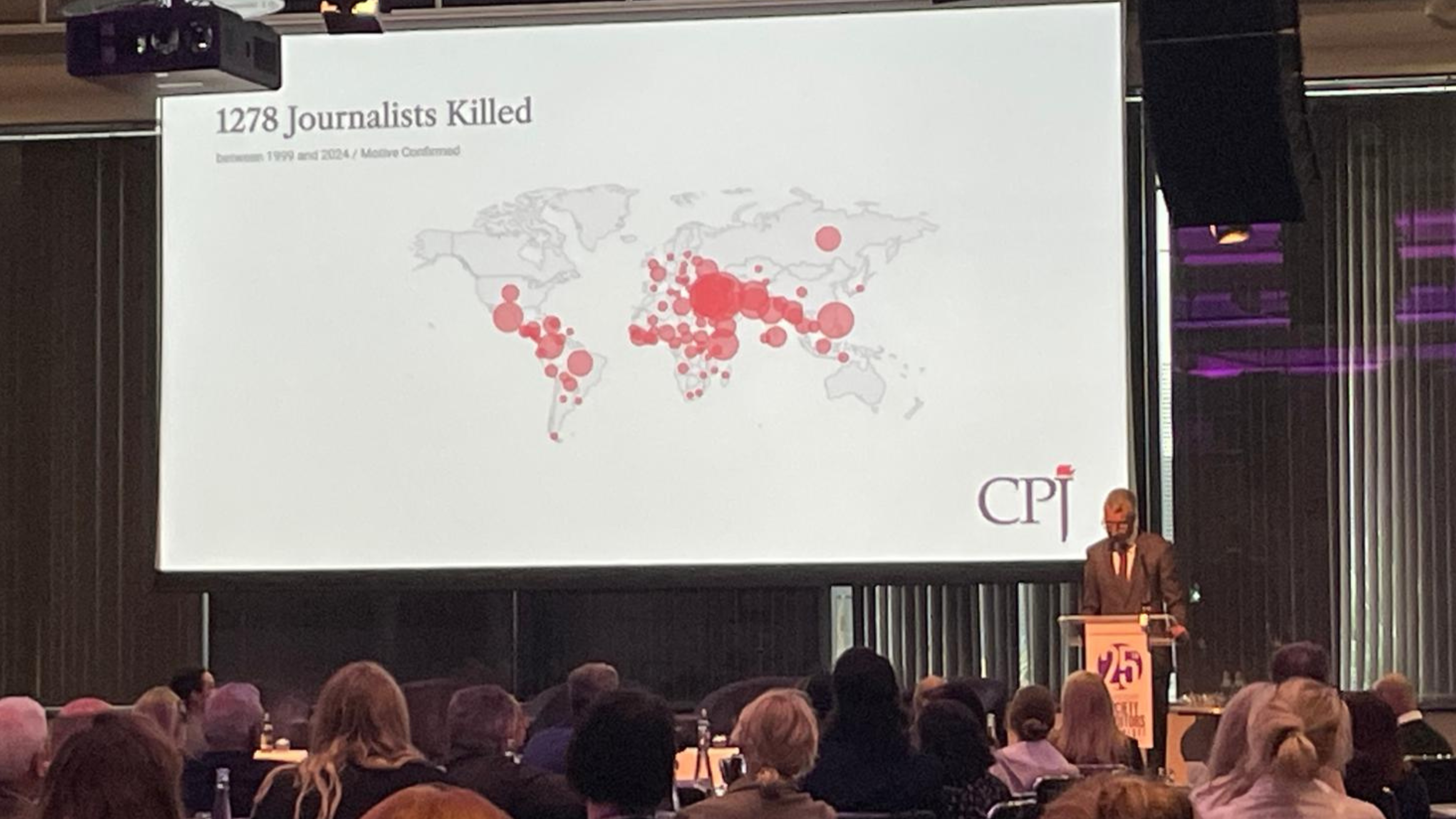2025 Journalist Safety Outlook: The Vacuum of Order
Editor’s Comment
We hosted our Journalist Safety Outlook panel one week before the inauguration of US President Trump. Two weeks into the new administration, it is already clear that 2025 will present many an unknown, both for geopolitics and journalist safety.
Our expert discussion revealed considerable anxiety about media safety in 2025; with agreement among panellists that we are witnessing an “incredibly fragile moment” and the “most complicated time to be a journalist.”
Drawing on the themes discussed and trajectory for international journalism, we have chosen the title “the vacuum of order” to describe the current environment. Ending 2024 with the fall of President Assad in Syria and starting this year with vast forest fires in Los Angeles and escalating violence in eastern DRC, news coverage continues to put journalists at the forefront of risk. Whilst risk taking is not something new, we now live with a “complete change in the risk paradigm” where physical threats present just one category amid a plethora of risk management calculations.
Today the institutions and pillars of “order” that have protected frontline journalism are being eroded; political attacks on media institutions have escalated, technological advances are amplifying surveillance and long-assumed legal protections that media practitioners could historically rely on, at last in the West, are being weakened.
2025 will take journalists to many unstable and fast changing environments. We cannot predict the news cycle nor scenario plan every eventuality, but as risk managers, either industry professionals or editors and commissioners in the newsroom, it is essential to monitor changes, communicate within and across teams; and prepare. The threat environment is evolving and we must keep pace with the change.
We are in for a rocky ride.
Thanks to Oksana Rondel Bhavani (Deputy Managing Editor, Financial Times), Phil Chetwynd (Global News Director, Agence France-Presse), Leila Mollana-Allen (Special Correspondent for PBS Newshour) and Colin Pereira (Co-Founder, RiskPal) for their valuable insights and participation.
A “New” Threat Landscape?
New it is not, but escalating it is.
The panel widely agreed that journalists and newsrooms are seeing a growing level of dangers. Physical threats have been transformed by drones and other technological advances that have enabled new methods of surveillance. Covering environmental extremes, whether it be forest fires, hurricanes or flooding, will become more frequent and require adequate training and resources. Added to which, the autocrat playbook could go into overdrive, fuelling the parallel dangers of online vitriol and intimidation through the courts.
In the legal sphere, news organisations are treading a nervous path. Governments have used tax investigations or defamation charges to both disrupt operations and financially kneecap some major media organisations, sending shockwaves through media legal teams and executive boards. The politicisation of visa renewals, something we’ve covered in previous outlooks, continues unabated, but in new geographies, creating unease among editors and affected journalists alike. Restricted access to politicians for journalists representing purportedly unfriendly news organisations provide another mechanism through which some governments are trying to silence criticism and shape public discourse.
Online abuse persists, with journalists having to carry a major emotional burden at the forefront of attacks. The removal of fact checking in place of community notes on social media will only fuel the trolls. Newsrooms, like the online regulators themselves, continue to play catch-up given the scale of the problem.
From the political extremes we are also seeing concerted effort to undermine credibility of established media at every opportunity. Attacked from below by the anonymous masses online, many in the public limelight are also taking every opportunity of airtime to question the agenda of the interviewee or the media company they represent. It’s increasingly commonplace to hear subjects directly challenge or reveal some systemic media agenda, using the airtime they are given to drip feed mistrust of the media. The need to counter such narratives about fake news and political biases will become increasingly important as editorial integrity is attacked from all angles.
Navigating the dangers that drones present to journalist safety will also grow in 2025. Having become a key tool of the media, as well as transforming the nature of conventional warfare, we have seen drones become a common tool of surveillance and threat to frontline journalists in conflicts in Ukraine, Gaza, Lebanon and Sudan. We will be publishing more work on this later in the year.
What Can Be Done? Risk Management 2025
Preparation, communication and training remain integral to effective risk management. Like every year, 2025 will throw up news in unforeseen locations that require hasty deployments, however, uncertainty cannot excuse complacency. Reviewing and testing your protocols, ensuring staff are aware of them, and stress testing resilience will be essential amid the unpredictability. Keeping abreast of changes to the operating environment and being ready to respond quickly are vital; the transforming access dynamics in Syria in recent weeks vividly demonstrate this.
Training should adapt to changes in the physical and technological realm, factoring in the shifting dynamics of drone warfare, extreme weather and evolving surveillance. Evaluating how changes in broadcasting techniques such as live streaming can also present new risks also merits attention. This training, however, should not be confined to hostile environment training alone; legal teams must prepare for a range of scenarios given the aforementioned threat from financially powerful governments, interest groups or individuals.
Scenario planning can have some role especially for potentially major international stories where a vacuum of order will need to be navigated. Escalation in Tawain, succession voids in Iran or the previously unthinkable in Greenland or Panama could throw up logistical and access challenges in new frontiers. Basic checklists considering the likes of communications (and back-ups), evacuation routes, legal recourse for detained journalists, and clarity on duty of care for staff and affected families are necessary. Sensitivity of post-production responsibilities for sources and third parties still remain paramount.
A key consideration during the panel discussion also focused on how newsrooms must not be seen to reward unnecessary risk taking and the need to review how work is commissioned, especially from freelancers, to avoid them putting themselves unnecessarily in harm’s way. In addition, we are seeing a commitment to protecting journalists from online abuse whilst increasing a clear personification of news delivery, placing the individual and their social handle firmly and persistently in the spotlight. These difficult issues must continue to be reviewed in the year ahead as organisations balance their duty of care obligations with groundbreaking journalism.
RiskPal: Your Risk Assessment Solution
RiskPal is an online risk assessment platform, supporting many international media organisations with international and domestic assignments. The platform was built by risk management professionals with decades of combined experience delivering risk management and crisis management consultancy.



